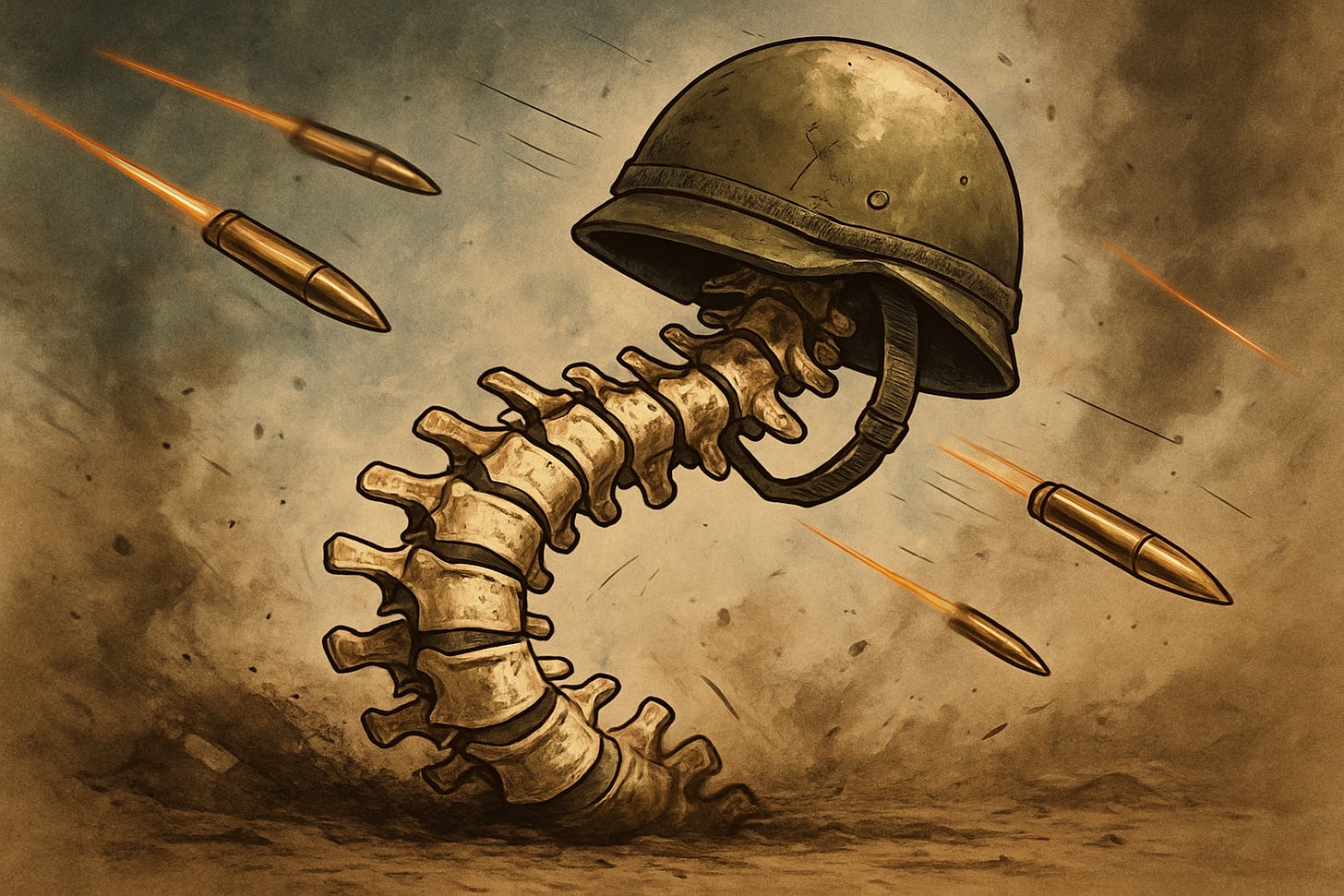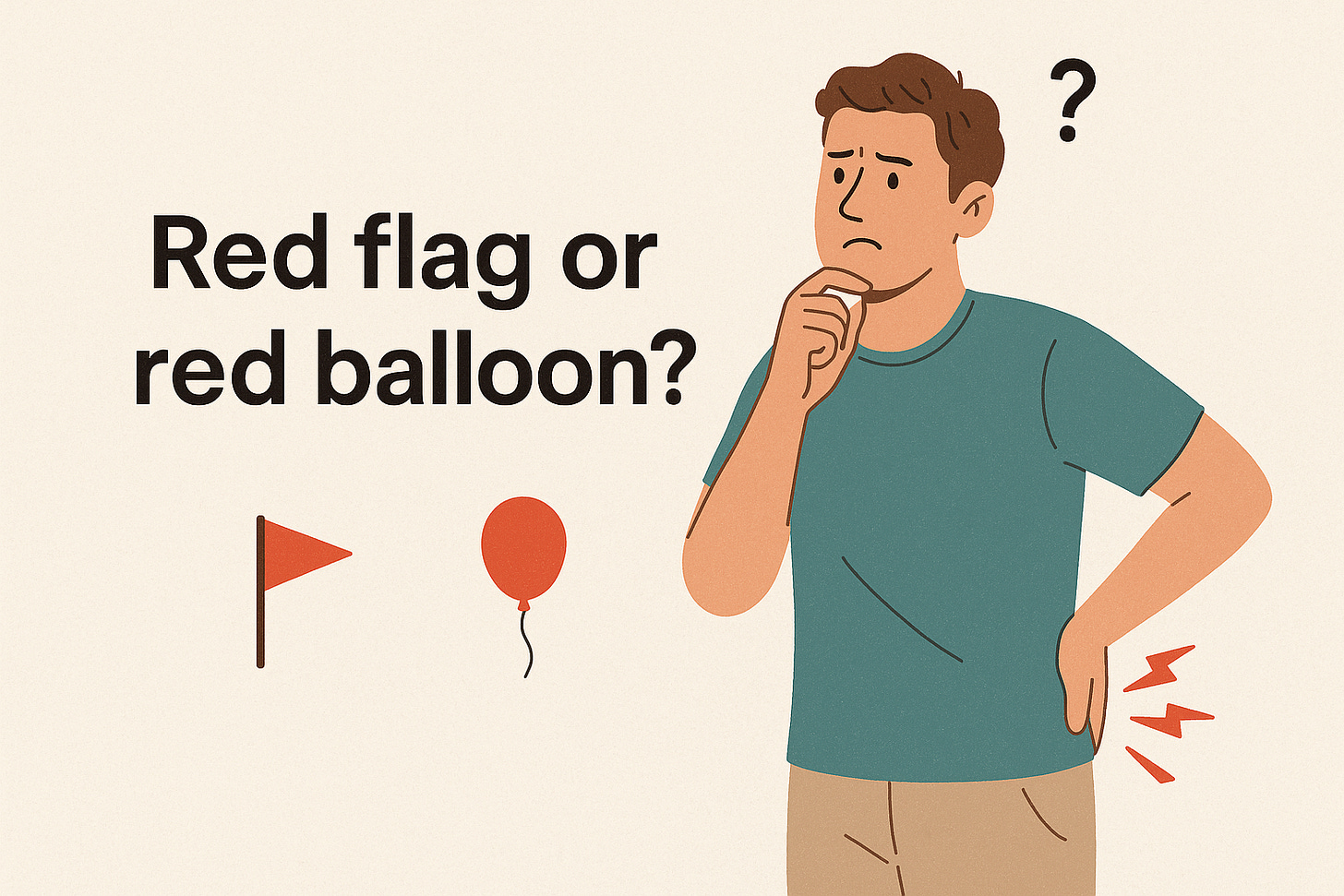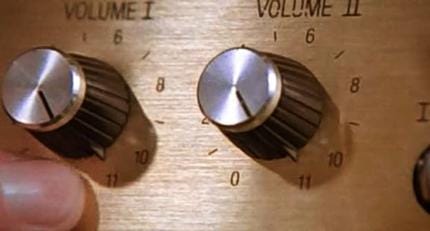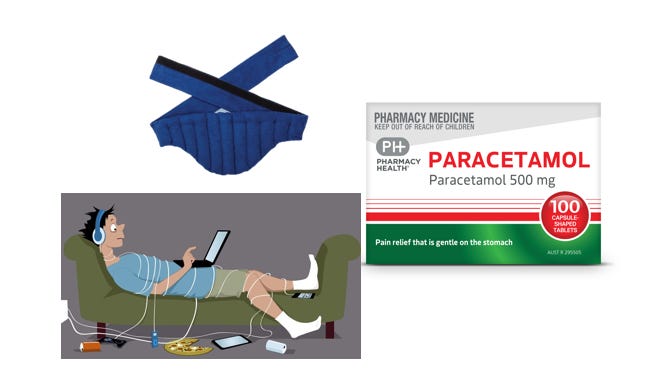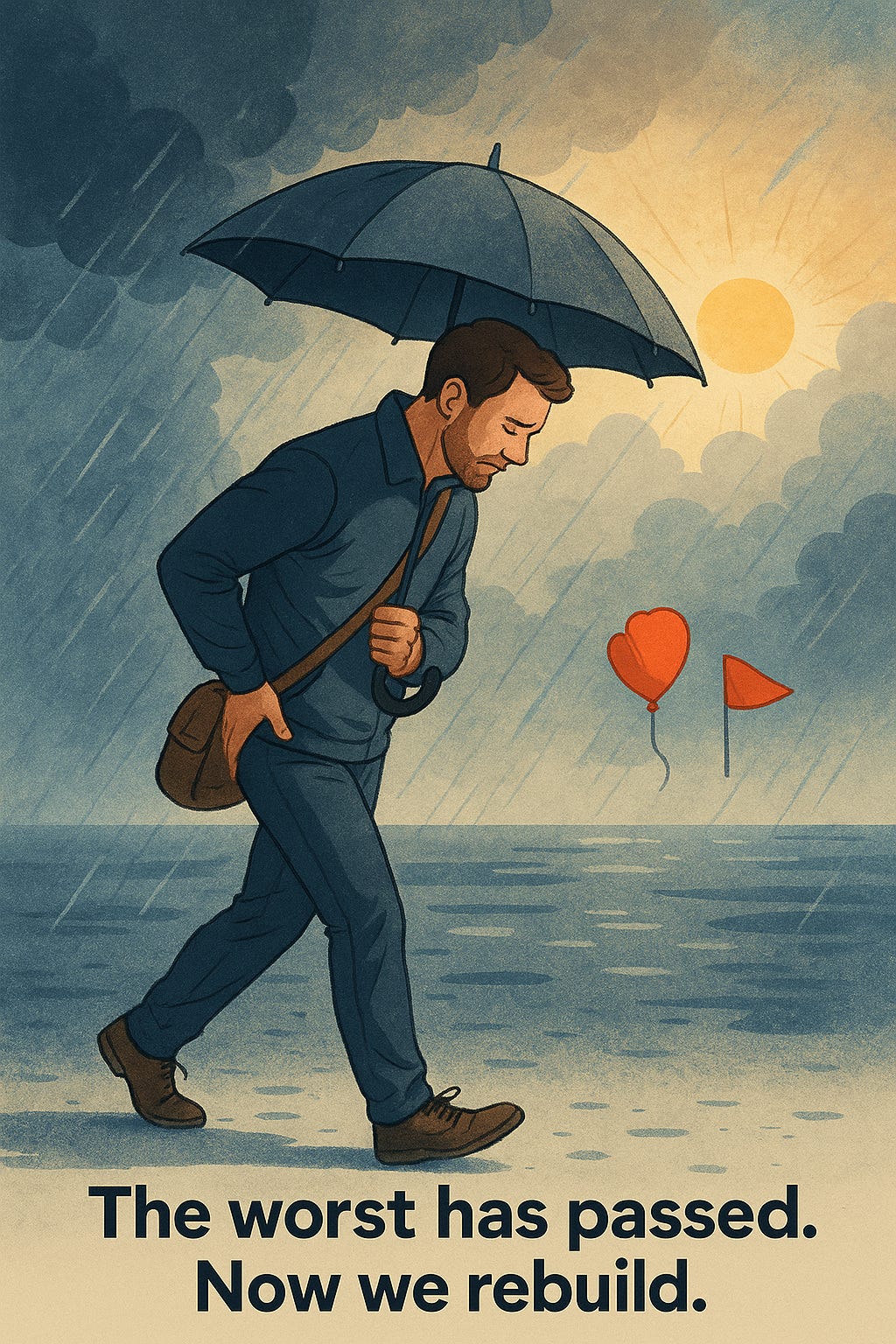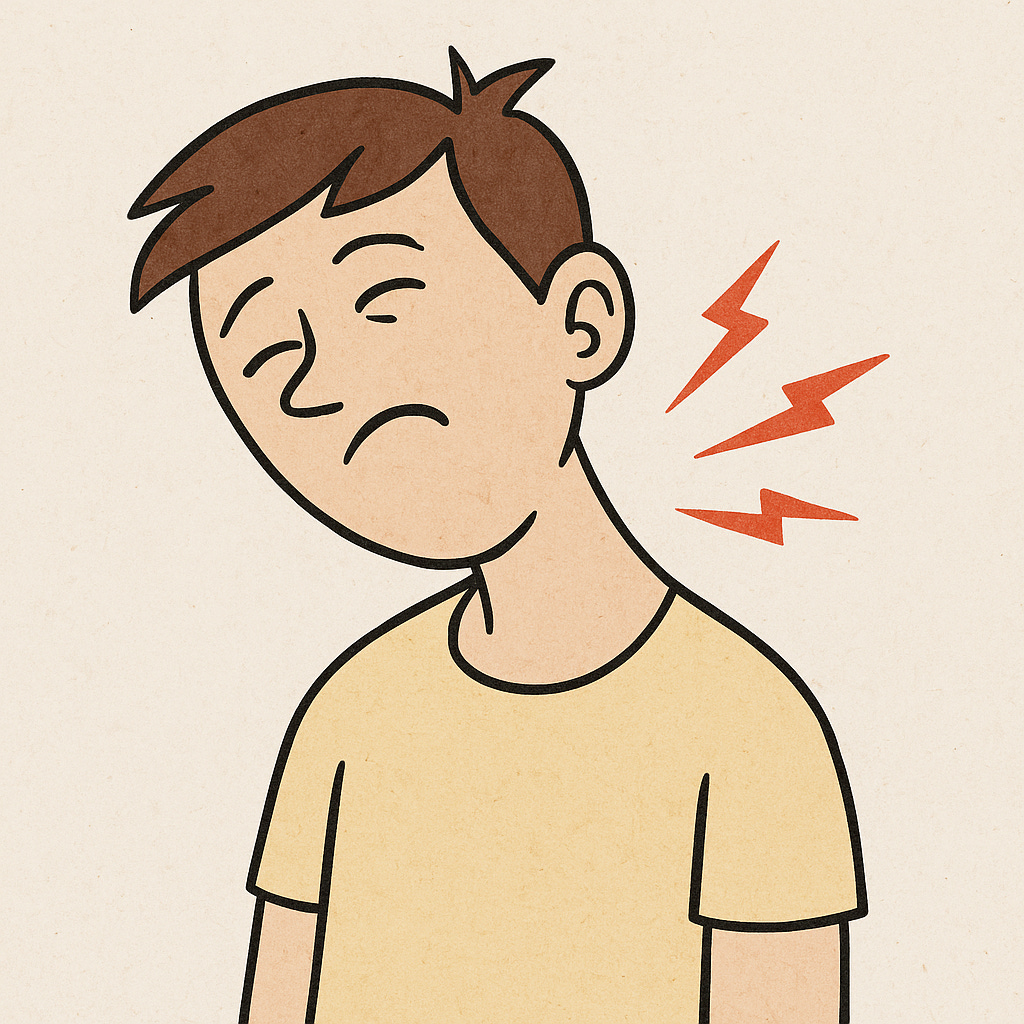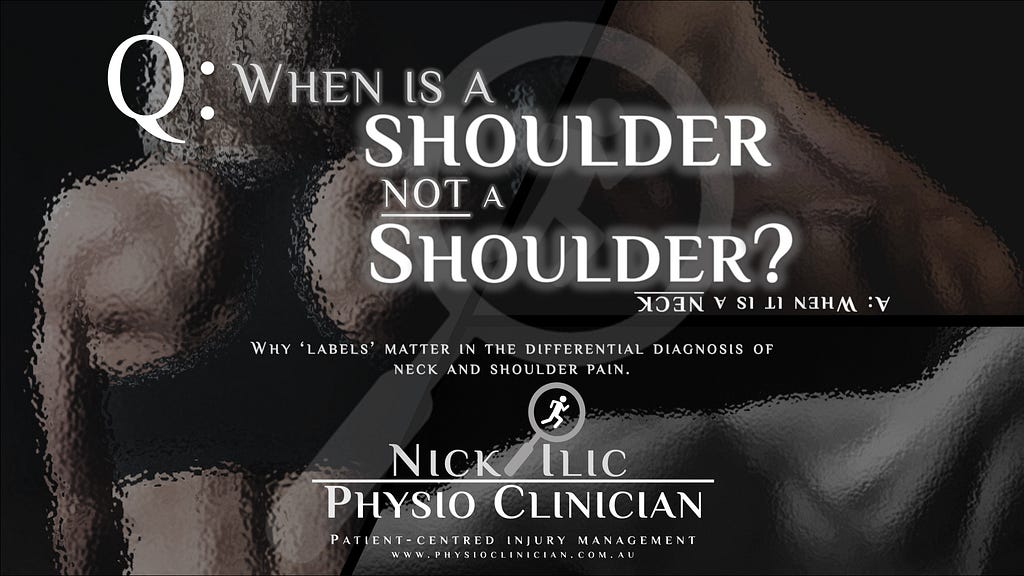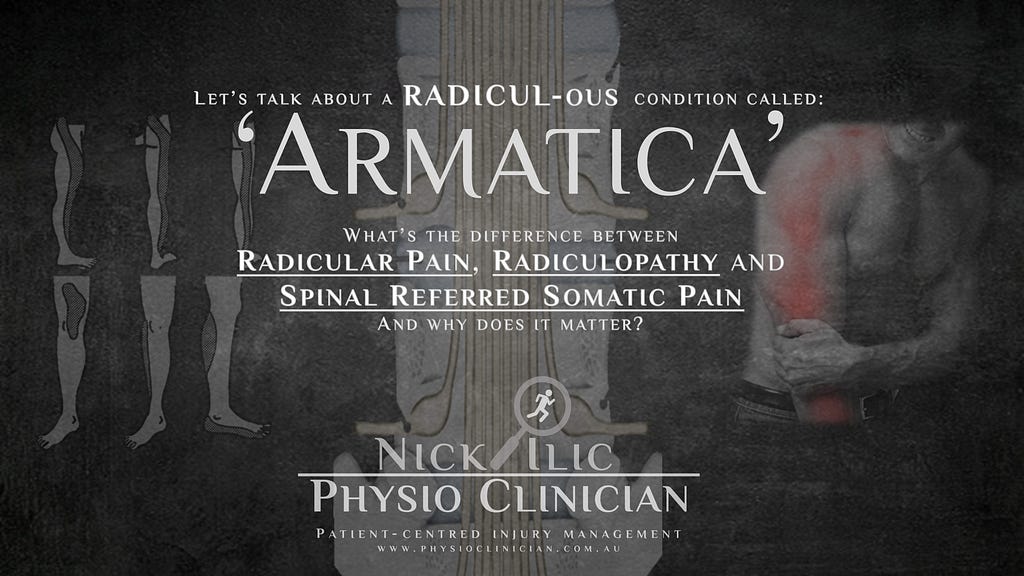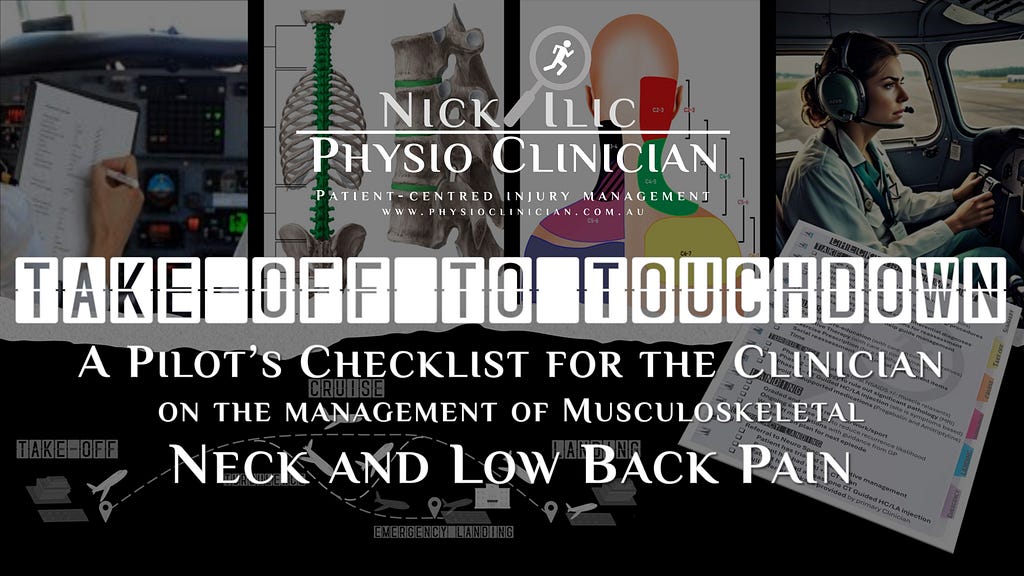Patient Playbook | ARGH I CAN’T MOVE
Surviving an Acute Neck or Low Back Pain Attack
This is a no-paywall blog post with insights I believe are valuable. If you find it useful, subscribe to my Substack for more in-depth content, exclusive case studies, and clinical insights.
Your support helps me continue sharing everything I’ve learned in the clinic with the world
☕ Prefer a one-off thank you? Buy Me a Coffee.
This post is a guide only and should not be taken as medical advice. It does not replace assessment and recommendations from a registered and regulated healthcare professional.
You bent down to pick up your shoes.
You reached over to the passenger seat.
You turned your head too fast.
And suddenly—bam—your spine locks up like it’s dodging sniper fire.
You freeze.
You can’t straighten up.
You can’t turn your neck.
And your brain starts its greatest hits:
“Is it a slipped disc? Did I tear something? Should I call the ambulance or just lie here forever?”
This blog is your sanity anchor. I’ve written about these episodes before—“Help! I Have Excruciating Back Pain, It Came from Nowhere”—and this one builds on that. Because let’s face it: when you’re mid-spasm and spiralling, you don’t need a biomechanics lecture. You need the what-now.
First: You’re Probably Not Broken
Most of these sudden pain attacks are protective muscle spasms triggered by a cranky spinal joint or patch of inflammation. They’re loud, dramatic, and utterly unhelpful—but they’re usually not dangerous.
Muscle spasms are involuntary - you can’t control them. They’re a protective built-in auto-pilot mechanism, they’re meant to serve a purpose when they perceive the spine to be in danger. However, they have no 0 to 10 dial… it’s Off or On. And in this case, On is 11/10 on the amp.
I tell patients they’re like the guy ropes on a tent, tightening up (or activating) because they perceive there’s a storm, they’re holding the tent down so it can safely weather that perceived-storm.
However, in many cases…. (eg: bending over to tie shoes) the storm was not actually coming, the clouds just looked dark, and the guy ropes decided to go 11/10 on the intensity dial.
If it came on during something harmless—rolling in bed, brushing your teeth, reaching for a coffee cup—then it can settle just as quickly.
What you’re experiencing is your nervous system going full SWAT team to deal with a parked car. It’s an overreaction. But a common one.

When Should You Go to Emergency?
Let’s get the serious stuff out of the way.
Here are the red flags that should send you to your GP or the emergency department:
For neck pain:
Pain shooting down both arms
Loss of feeling or strength in your arms or hands
Difficulty swallowing, talking, eating, or even seeing clearly
For back pain:
Changes in bladder or bowel control (can’t go, or can’t stop)
Numbness in your perineum (the “in-between” bit—usually noticed when wiping)
Pain down both legs, especially with weakness or loss of power
If that’s you: don’t tough it out. Don’t crowdsource it online. Get seen—urgently.
What To Do in the First 48–72 Hours
Okay, you’re not in danger. But you are in a world of discomfort—and that first phase is about settling things down, not fixing or stretching or clicking anything.
Do:
Trial heat packs - they can help provide relief form muscle spasms.
Take over the counter analgesia regularly (eg: paracetemol), if safe to do so, regularly it to stay on top of pain.
Rest in whatever position is least terrible—there’s no gold standard position, comfort is king.
Distract yourself—TV, audiobooks, mild humour, anything to shift your focus
Don’t:
Don’t stretch through the pain (this isn’t a hamstring issue), it might cause rebound spasms.
Don’t get deep or aggressive hands-on treatment right away (it’ll just poke the angry bear)
Don’t take anti-inflammatories in the first 72 hours
That last one matters. Inflammation early on is part of the clean-up crew. It’s how your body clears out irritated tissue and gets on with healing. Shut that down too early with NSAIDs (like ibuprofen), and you risk delaying recovery—not speeding it up.
Should You See Your GP?
Yes—especially if you're still hobbling on Day 2 or 3 and not improving.
A short course of muscle relaxants like norephedrine can help take the edge off. They’re usually more helpful (and far cheaper) than throwing yourself into daily physio appointments in the early phase.
Think of it this way:
Three days of smart meds > Three hundred bucks of panic therapy.
They will also screen you for red flags (such as medical causes for your pain) and triage you to emergency imaging or healthcare services.
(Obviously, this depends on your health profile. Talk to your GP, not your group chat.)
When Is Physio Helpful?
Physio is most useful from Day 4 to 6 onwards—when the storm starts to pass.
You’re moving a bit more, even if you still feel like you’ve aged 30 years overnight. The spasm isn’t running the show anymore—it’s just lurking in the wings.
That’s our sweet spot. That’s when we can:
Rule out anything nasty
Rebuild your confidence
Get you moving again
Lay out a plan to stop this from becoming an annual event
But—and it’s a big but—that doesn’t mean we’re useless on Day 1.
You can absolutely see a physio early on. But what we do in that first session won’t be what you’re expecting. No deep release. No “cracking it back into place.” No heroic stretches.
What we will do is:
Reassure you that your story matches a common, benign pattern
Check for red flags that may have been missed
Help you feel less freaked out
Make you more comfortable with heat, supported positions, and gentle advice
Explain what’s likely going on, and what to expect next
We’re not here to fix you in 30 minutes.
We’re here to walk beside you, keep you out of danger, and help you navigate the early fog.
And here’s something important: most of us are happy to do this by phone or email in those first few days. You don’t need to come in if you’re lying on the floor or terrified to drive. Send us your story. How it started, what it feels like, what you can and can’t do—that tells us a lot.
Because in the end, it’s your story that matters most. That’s what helps us work out what’s going on and what needs to happen next.
And if your story doesn’t sound like a classic back or neck spasm—if you’ve got other symptoms, or the pattern seems off—that’s when we start thinking broader. Many medical or visceral issues can masquerade as neck or back pain. Kidney infections, gallbladder irritation, vascular problems, even cardiac causes.
It’s rare. But it’s our job to think about those things—so you don’t have to.
What If It’s My Neck, Not My Back?
Yep. Same rules apply.
Neck spasms often look even more dramatic. People walk in like a human question mark, or stuck in a full-body robot twist.
Still:
No panic
No ice
No deep tissue release
No tug-of-war with your own muscles
Heat, rest, gentle movement in pain-free directions, and distraction are your best tools. We’ll help guide you once the initial flare settles.
Final Thoughts
If it came from nowhere, it can go back to nowhere
Inflammation is a helpful process—don’t rush to shut it down
Don’t over-treat something that mostly needs time and smart support
Distraction beats rumination
Physio can help guide, screen, and reassure—at any stage
You’re not broken.
You’re just stuck—for now.
And it should pass.
Did you find this valuable? If so, even a small contribution helps me keep content like this going.
This is high-value information that normally costs hundreds of dollars in a clinic—here, you get it for free.
☕ Buy Me a Coffee to say thanks, or become a paid subscriber and get subscriber-perks such as asking me about anything Musculoskeletal pain and injury in the Substack chat.
Relevant Past Blogs:
Tailor your Nick Ilic | Physio Clinician subscription:
You can customise which topics you receive updates for by selecting 'Manage Subscription' in your Substack options (in your browser), or by clicking 'unsubscribe' at the bottom of any email—don’t worry, it won’t unsubscribe you immediately! You'll then be able to choose your preferred sections:
✅ Patient Playbook
✅ Clinician’s Corner
✅ Research Reviews
✅ Clinician’s Compass
Choose what suits you best—I promise I won’t take it personally!





